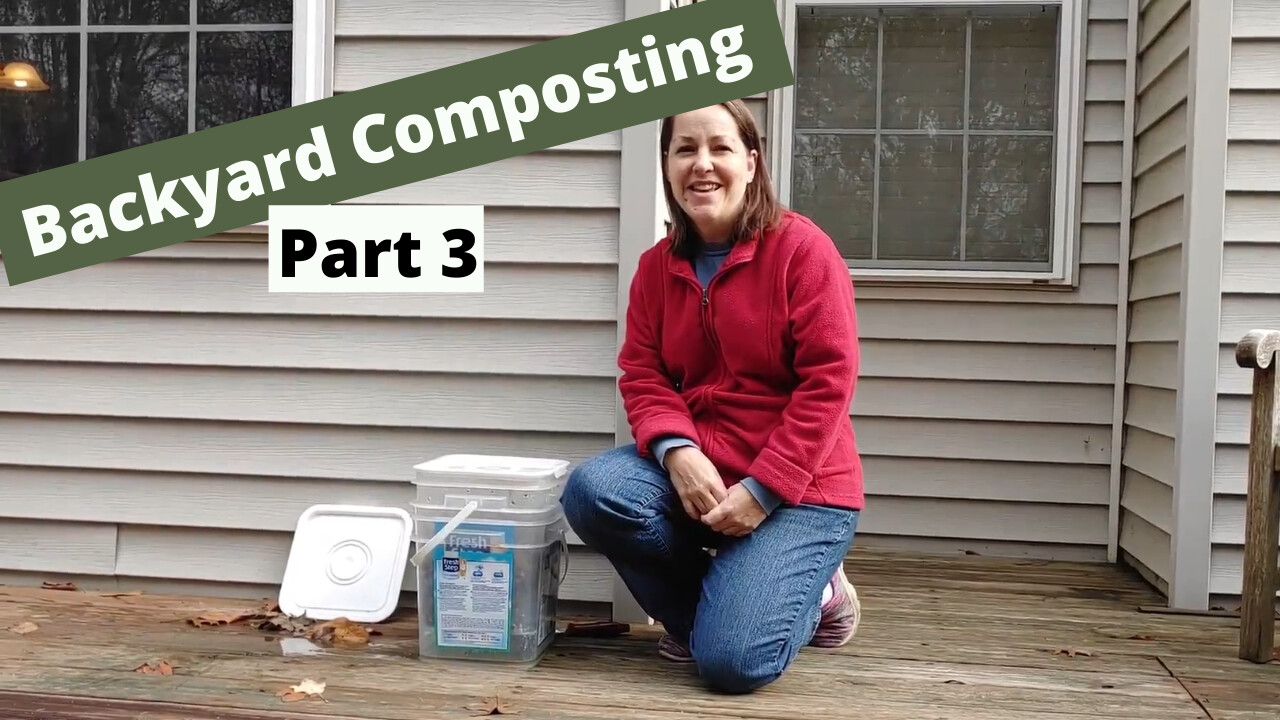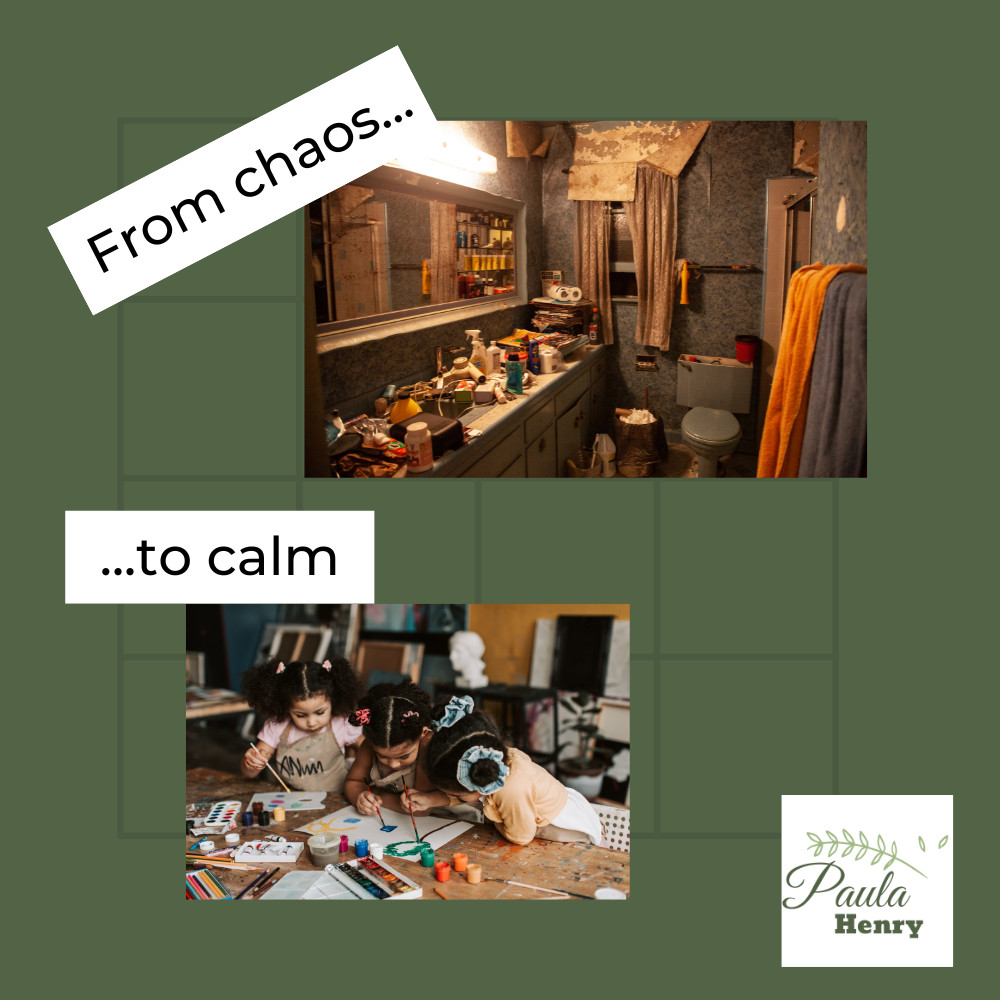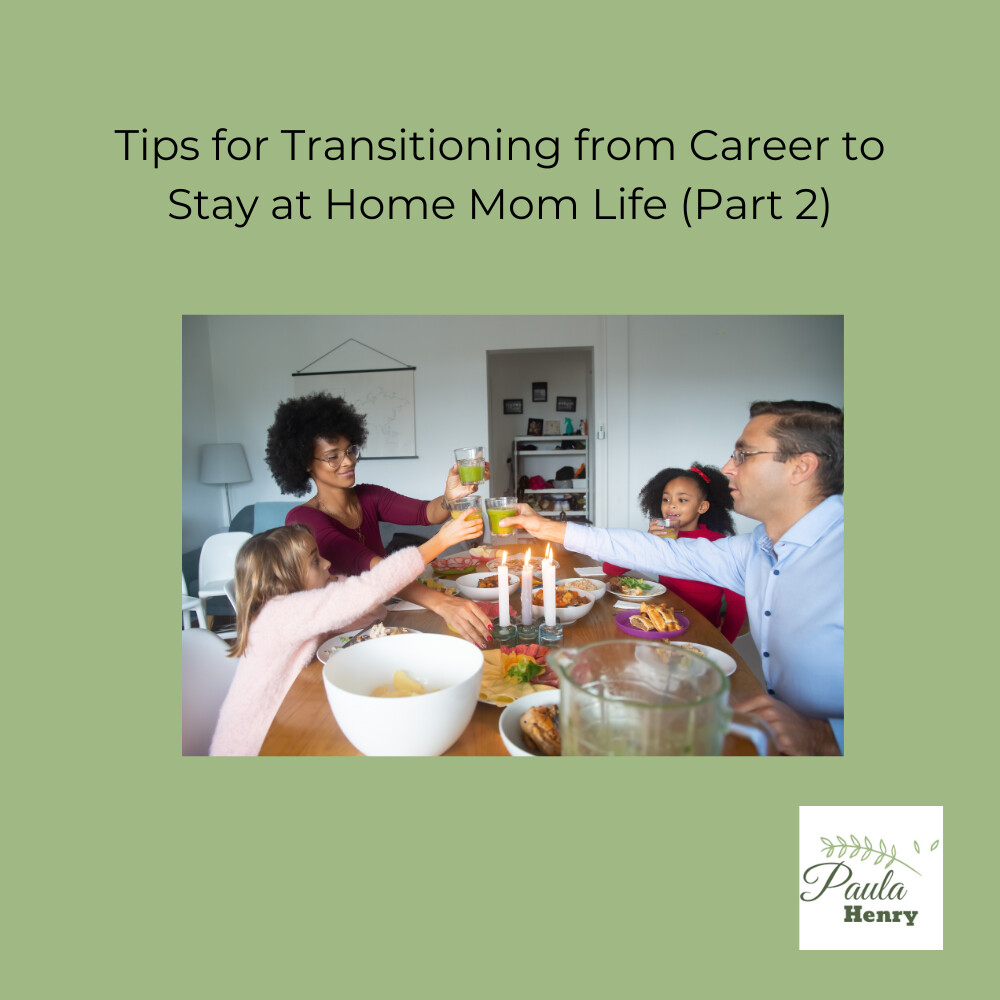
Plants are a great way to help improve your overall well-being, your mood and to some extent your indoor air quality. NASA conducted a study back in the 1990s to look at the amount of toxins absorbed by plants for the purpose of improving air quality on the space station. What they found was that when a plant was contained in a small plexiglass structure and a single volatile organic compound (VOC) was applied to it, plants were able to remove a huge amount of the VOC.
At first, the press took the findings and ran with them claiming that people could purify the air in their houses or offices with the help of a few plants. Well, this turns out not to be the case. We have to keep in mind that the results of the studies looked at removing a single VOC from a very small volume of air. Applying that to the real world introduces a whole bunch of real-world variables that makes it not so straight-forward. In order to purify the air in your house, you would need to have a large number of plants (say 600+). That’s based on a calculation of 100 plants per square meter of space and the presence of more than one toxic agent. Plants are great, but they can only do so much. It turns out, opening a window or a door far outweighs having plants in the space in regards to cleaning the air. So, if you’re looking for a substantial amount of fresh air, open a window or a door.
As far as plants are concerned, I’m not about to tell you what you can or can’t do in your own home. If you want to live in an indoor forest or jungle surrounded by plants, go for it! You do you! We know that plants provide benefits to our lives, not the least of which is adding oxygen to our environment. More importantly, plants can help us with our overall mental and emotional well-being.
Research has shown that plants have a positive effect on people’s moods and they can help us be more productive. Taking care of a living thing encourages a sense of nurturing and being needed. The interactions we have with plants through touching them and smelling them can boost our outlook on life and contribute to our overall well-being. Having plants can simply result in having a happier life. What an easy thing to do!
So, what kind of plants should you get? There are lots of varieties, so I would suggest evaluating 3 factors:
- What is your living space like? Is there a lot of light or very little? If you have a dark living space, you might want to go with plants that thrive in the shade. If the spaces in your home are bright, go with a choice that does well in bright light.
- Decide if you would like plants sitting on a table, desk or counter or if you would like them to sit on the floor. That will guide you as well.
- If you have pets or children, look up the plant you plan to get to make sure that it is not toxic to animals or humans. I have found some of this information contradictory, so do a thorough search and decide for yourself whether you are comfortable having each plant in your house.
Here are some suggestions for the low light conditions:
Three plants that are suitable for placing on the floor are: Spathiphyllum "Mauna Loa" also known as a peace lily, Sansevieria laurentii also known as a snake plant or mother-in-law’s tongue and Dracaena marginata also known as Dragon Tree.
All of these plants like low to medium levels of light. I have both the peace lily and the snake plant and both are flourishing in my home. I have a snake plant in my bathroom (it likes periods of humidity, and I have a window) and the peace lily is in the eating area of my kitchen.
The peace lily, in particular, tells you when it needs to be watered by starting to droop. When that happens, it looks so sad, I can’t help but apologize to it as I water it. The snake plant, on the other hand, can go for months without water. I typically water it with cool water from the shower when the water is heating up. Some people refer to the snake plant as the “impossible to kill plant” as it is very tolerant to periods of drought.
Two great plants for low light and sitting on tables, counters or desks are pothos and aspidistra. I have a pothos from shortly after I graduated from college (20+ years ago), and it is still going strong. A pothos plant has tendrils that shoot off from it which you can propagate very easily and then have new plants to gift to your friends and family. Just like the peace lily, it lets you know when it needs water by drooping considerably. Aspidistra is a hardy plant that stays relatively small and works well on tables. It is called the ‘cast iron plant’ because of its hardiness. Both pothos and aspidistra are extremely tolerant.
Here are some suggestions for the bright light conditions.
Three plants that are good for the floor are: Chamaedorea Seifrizii known as Bamboo Palm, Dracaena fragrans known as Massangeana and Dracaena deremensis known as Cane Plant, Warnekei or Janet Craig. All of them like to have good draining soil and for their soil to dry out between waterings.
Any cactus will do well in bright light conditions. They tolerate having little water and thrive in the sun. One example of a good cactus idea is aloe vera (also handy for treating burns). Another plant that loves direct son is the Codiaeum variegatum also known as the Croton plant. Both the aloe vera and croton tolerate drought conditions, so if you are a traveler or otherwise forgetful about watering your plants, these two will thrive under your care.
Whatever you decide, know that the presence of plants in your house or office will contribute positively toward your overall well-being and improve both your mood and your productivity. In these crazy times of COVID19 and mandatory quarantine, when we’re spending more time at home, it’s good to include a new plant to keep you company.
Interested in learning more about earth-friendly options? Join my free group here.
Get my free guide: 4 Ways Being Earth-Friendly Can Change Your Life for the Better HERE.
















0 Comments